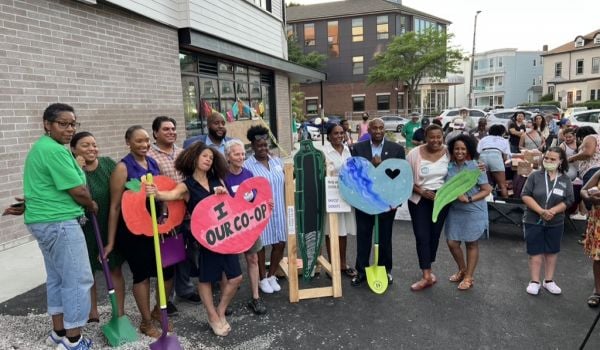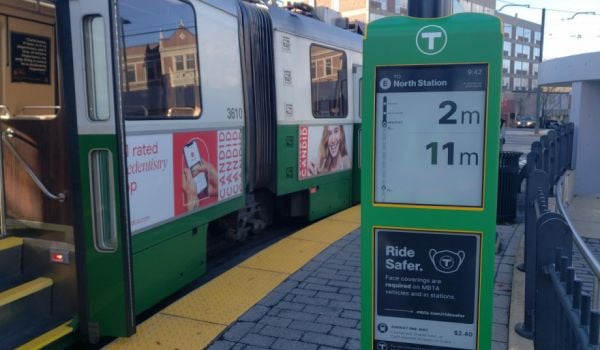My last few columns (you can read them here and here), inspired by the “Drawing Design” exhibition in Paris, began tracing the role of sketching in contemporary architecture and urban planning practice. The initial plan was to use these pieces to demonstrate that, even in an age of computer modeling, hand drawing remains indispensable. But, as it turns out, this isn’t exactly the case.
In the first half of the twentieth century, the architect Le Corbusier extolled the practice of hand drawing. Although his Towards a New Architecture and other early works reflected his fascination with photography, he actually preferred sketching. This was because Le Corbusier regarded “seeing” as an active method that could be blocked, rather than facilitated, by photographic techniques. He also attached symbolic significance to photography, equating it with the pervasiveness of passivity in the world that was a by-product of consumer capitalist modes of production. “The camera is a tool for idlers,” he wrote in 1960, “who use a machine to do their seeing for them.”
Hand drawing, for Le Corbusier, was a practice that could grasp what photographic techniques never could: the essence of a particular subject, whether a person or building. If photos were useful for seizing the exterior, hand-drawn illustrations alone could access the interior.
An example of this bespectacled architect’s love for drawing can be found in his 1931 trip to Algiers. Invited to to develop a new urban scheme for the capital of Algeria, Le Corbusier traveled to this Mediterranean city to develop an urban plan that he hoped would serve as a symbolic bridge between Mediterranean and European cultures. While there, Le Corbusier spent much time sketching not only the curvature of the Algerian landscape but also that of local Algerian women. Urban scholars such as Stanislaus von Moos have urged us to refrain from adopting an obvious interpretation of these endeavors. While at first glance it might appear that Le Corbusier was fetishizing the “Other,” he was, in fact, using drawing to articulate the meaningfulness of his experience. In order to do this successfully, he needed not a camera but a pencil.
Looking back on Le Corbusier’s early twentieth-century writings on drawing, his fondness for this practice seems charming. It supports the mythical image of an architect or artist beginning a project with one brilliant, spontaneous idea — captured by hand on a coffee-stained napkin — and then developing it, later on, with more sophisticated techniques. But is this really the case? How important is sketching to contemporary architectural practice? If Le Corbusier had had access to 3D modeling programs such as Rhinoceros, would he have had the same penchant for hand drawing?
Absolutely not, argues Cynthia Gunadi of the highly esteemed Hashim Sarkis Architecture, Landscape, and Urban Design Studio in Cambridge, Massachusetts. While hand sketching has a certain value for its spontaneity, she explains, there’s really no difference in productivity or output. She can get a feel for a space as easily with a computer-modeling program as with a pencil. “It’s just like using a pen or pencil. One does not preclude the other.”
What is your experience? Do you use hand drawing in your own practice? Does the product differ if designed from sketching rather than technological devices?
















